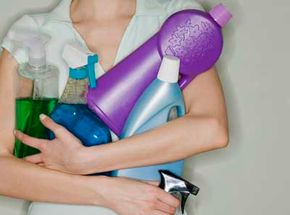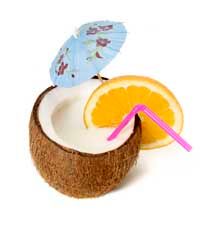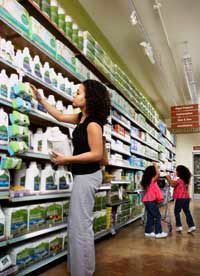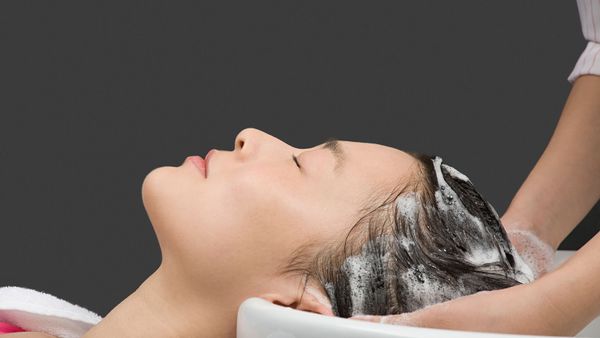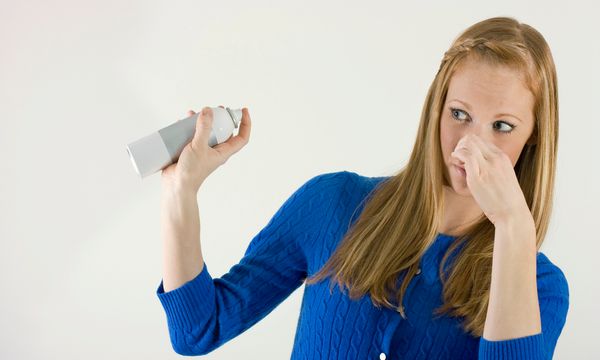Open the cabinet below the kitchen sink in the average household, and you're likely to find a bucket of sprays, soaps and disinfectants to subdue any germ that dare enter the home. They meld together in a fragrant bouquet of pine, lemon zest and fresh cotton, an olfactory signal that our floors, sinks and toilets are sanitized.
But recent scientific evidence has uncovered a dirty side to many of these cleaners. Yes, even the liquid, solid and flaked potions we use to keep things spick-and-span at home have not escaped the harsh scrutiny of environmentally conscious researchers, advocates and consumers. With additional news from the Environmental Protection Agency that indoor air may be more polluted than outdoor air, eco- and people-friendly household cleansers have started filling up shelves in grocery stores [source: EPA]. As of April 2008, sales of "natural cleaning products" leapt 23 percent over the previous year [source: Conis].
Advertisement
Are these purportedly eco-friendly products just greenwashed in a zesty orange scent? Or do the proclamations of "natural," "green" and "safe to use" hold true?
One of the trickiest aspects of evaluating the greenness of this newer strain of cleaners is the lack of federal oversight. Manufacturers have no legal obligation to list the ingredients in their entirety since doing so might reveal trade secrets [source: Thompson]. With more than 80,000 chemical compounds cleared for commercial purposes in the United States, the EPA only requires manufacturers to warn of toxicity. That means your all-natural X Brand cleanser may be slipping in some harmful chemical cousins under the radar.
Companies cannot legally mislead consumers about the contents of their products, but there isn't a regulatory agency that defines what meets green standards [source: Conis]. Instead, they can voluntary submit their products for review by the EPA's Design for Environment, Green Seal or other eco-labeling organizations for a stamp of approval.
Why worry about how close to nature our toilet bowl cleaners or laundry detergent comes when they aren't intended for consumption? We'll take a closer look at what's inside some cleaning compounds on the next page.
Advertisement
